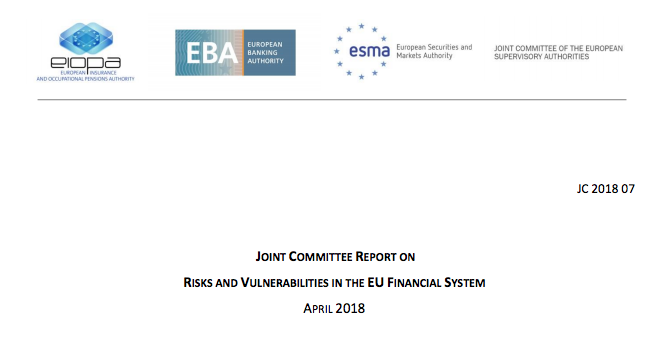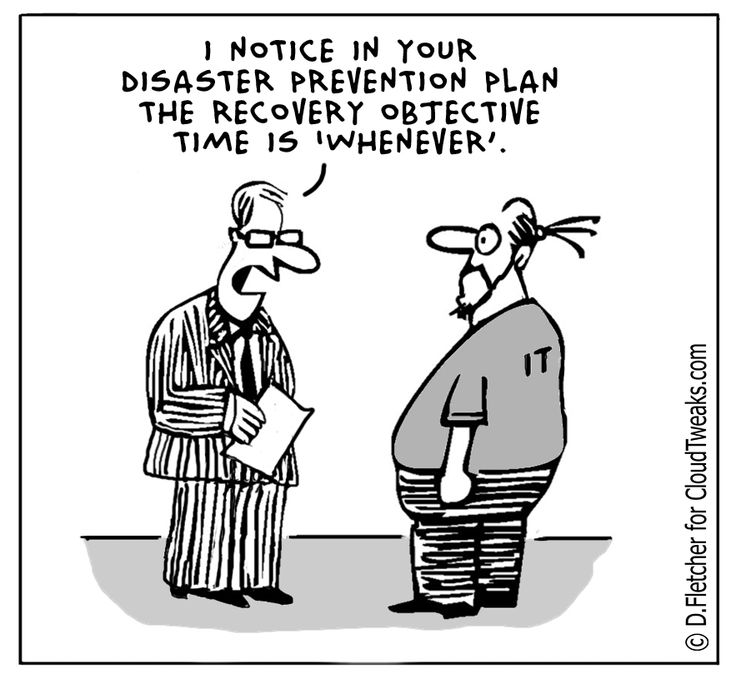Many organisations make no formal workplace recovery arrangements for crisis management and recovery teams. Many hope that their offices will never suffer a disaster and even if they do – intend to use the “potluck” approach and go to a hotel if the need arrives.
Taking the “Potluck” approach is very common and fraught with risk. It has five main weaknesses:
It assumes that there will always be suitable hotel accommodation when you need it. Often that is a reasonable assumption, but what if your crisis occurs during a very busy period during a major event in your city - eg Formula 1, the Australian Open, Racing Carnival, Global Rotarians Convention in town etc?
If your offices accommodate a large number of staff, it is likely that most will be asked to work from home. However, it will be essential to accommodate your recovery team in the one location. You will need to make critical decisions under duress and be able to discuss matters many issues that are time sensitive and/or confidential. This can only be done if your recovery team is housed in the one secure location.
It also assumes that your firm is the only one impacted by the crisis. What if there is a crisis that impacts a whole city – eg Brisbane floods, Sandy in New York etc? During these periods, hotel accommodation becomes rare and if available, very expensive.
Not having a reserved workplace weakens the benefit of exercising your recovery. The purpose of exercising is for your crisis management team to quickly and efficiently become operational. If the teams exercise in a different hotel every year or actually need to recover in an untested hotel, your organisation’s recovery time will be slower.
Our reliance on technology is increasing every year. To make your crisis team productive quickly, they need reliable access to computers, networks and your applications in a reliable and secure manner. If your computers are lost, where and how will you secure your replacement computers? If you have never tested the technical infrastructure of a hotel you are unfamiliar with, how much recovery time will be wasted by getting the technical infrastructure stood up?
To avoid these traps, make sure you have secured a workplace recovery solution.






















